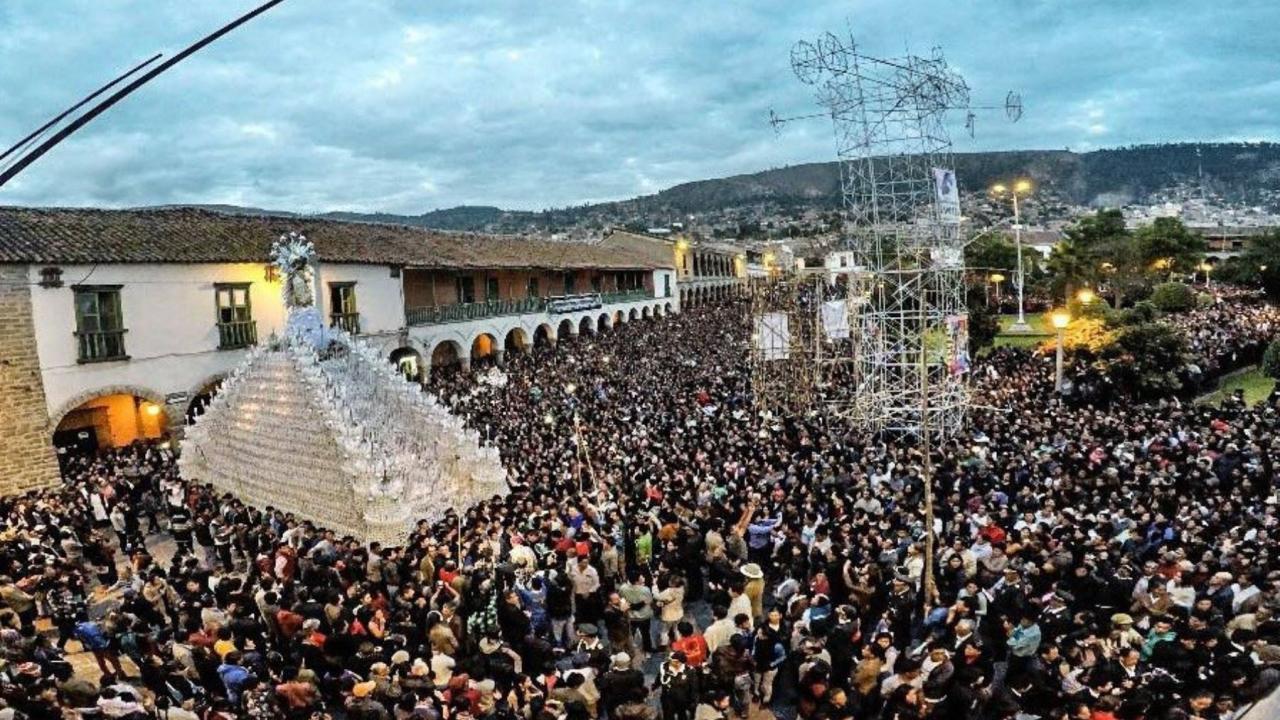
While domestic tourism in Peru will boost, Colombia will suffer a setback due to high taxes and a slowing economy. Meanwhile, Mexico will continue its growth path.
Holy Week in Latin America is more than conductive to boost consumer spending on goods and travel in the midst of a period of economic and tourism reactivation. Whether Catholic or secular by law, most countries institutionalize a long weekend that in this occasion coincides with March-end, impacting consumers. However, the region is not uniform and therefore, each country has different outcomes from the impact that “long holiday” on tourism.
For starters, despite the recession in Peru, Dina Boluarte's government is optimistic about the tourism potential during the Holy Week. Having a holiday that extends between March 28 and 31, Juan Carlos Mathews, Minister of Foreign Trade and Tourism (Mincetur) projects that US$ 195 million would flow throughout the country. This represents 12% higher than the same period in 2023, which for Mathews means that “people are regaining confidence” in the tourism sector.
In statements to TV Perú, a state television channel, the minister also predicted that Holy Week will mobilize more than 1.4 million visitors throughout the Andean country. According to Mincetur, 97% of Peruvian tourists plan to leave their region during the holidays. Likewise, the average expense per person during these days will be 514 soles (US$ 139), allocated to transportation, food, accommodation and tourist activities.
For their part, the preferred destinations for national tourists would be Lima (14%), Ica (10%), Junín (9%), Ayacucho (7%) and Piura (7%). Some tourist destinations have received public investments to increase their attractiveness, like in the case of the Baños del Inca complex in Cajamarca. The former relaxation place of the Inca Atahualpa received 20 million soles (US$5.3 million) through the Mincetur's Copesco plan to undertake a modernization project.
DOMESTIC TOURISM CRISIS IN COLOMBIA
On its part, neighboring Colombia suffers a peculiar situation. Although the World Tourism Organization (UNWTO) classified it as the second nation with the best tourism recovery in Latin America in 2023, domestic tourism is another story. Colombian travelers are not expected to mobilize much during their Holy Week. The Colombian Hotel and Tourism Association (Cotelco) projects that, for example in Medellin, hotel occupancy will range between 63.99% and 69.71%.
These data imply very low figures for a high season, but at the same time they contrast with those recorded in 2023, when hotel occupancy in Medellín averaged 72.6%. The causes for this include Colombian GDP modest growth in recent months. The coffee-growing country's economy grew by just 0.6% in 2023 and the Lodging and Food Services sector fell by -5.4%.
Consequently, loss of purchasing power has forced Colombians to do without their traditional trips, typical of the Holy Week season. In fact, a survey carried out by the National Federation of Merchants and Entrepreneurs (Fenalco) revealed that 60% of residents of the department of Antioquía, whose capital is Medellín, will not travel during the holidays at all. Among the members of this group, 48% argued that they will not mobilize due to lack of money. Given this panorama of recession, it is not surprising that in February, the Colombian Association of Travel and Tourism Agencies (ANATO) demanded a VAT reduction for tourism from 19% to 5%. However, the proposal has not been accepted by the government.
MEXICO: ON THE PATH OF GROWTH
In contrast, Mexico hopes to register another season of sustained growth that positions its tourism sector as one of the most competitive worldwide. The Confederation of National Chambers of Commerce, Services and Tourism (Concanaco Servytur México) revealed that the Holy Week holiday, scheduled from March 23 to April 7, 2024, will generate more than 275,000 million pesos (US$ 16.4 billion).
This sum will come from the mobilization of 12 million national and foreign visitors touring the Aztec country. In turn, it will represent an increase of 71.8% compared to the same period in 2023 and it is a consequence of the continued economic reactivation. It is important to highlight that according to data collected by the Confederation of Chambers, the Mexican destinations with the highest hotel occupancy will be Oaxaca and Veracruz (90% each); Riviera Maya and Yucatán (85%) and Baja California Sur (75%). Most places stand out for hosting beach destinations or traditional towns.
Similarly, Mexico City will not be immune to tourism income from the Catholic holiday. According to estimates by the Secretariat of Economic Development (Sedeco) of the Aztec capital, the season would generate 7,285 million pesos (US$ 434 million) revenue. The main sources of income would be services in establishments that will serve Mexicans who leave their homes or foreign tourists that travel to the Federal District.
Under this premise, the businesses that will benefit the most would be hotels, bars, restaurants, cinemas, theaters, among others. And if the estimates are met, the income for Holy Week in 2023 would be exceeded by 5.5%, generating an additional 385 million pesos (US$ 22.9 million).









